In the 1952 “Your Own Book of Campcraft,” author Catherine T. Hammett enthused about the “new trick” in outdoor cookery – aluminum foil. Today, foil is still a great way to cook if you have a campfire. At home, create meals in foil packets and freeze them. At camp, build a small campfire and bury the packets in the hot coals until they are hot and steamy. Try these combinations: Sausage, peppers and potatoes; stew meat, potatoes and carrots; chicken breasts, Japanese vegetable mix and rice. (Works best to cook the meat at home and freeze it before you pack it up.) When you leave your campsite, don’t forget to take the foil with you.
For camping trips where you don’t have to carry your gear on your back, Jack Daniels from REI’s Denver flagship store says the classic double-burner Coleman stoves are still popular and perfect for those elaborate pancake breakfasts. For backpacking, the newest compact stoves, some practically pocket-sized, are perfect for one-pot meals.
“The iso-butane self-contained stoves and cartridges are a big trend,” Daniels says. “You just screw the fuel cartridge onto the stove, turn it on, light it, and you’re ready to go.”
Not sure what kind of stove you need? REI offers these guidelines:
- Think about the kinds of trips you’re planning, and choose the lightest, most compact stove for your particular needs. How many people will you be feeding? What will the air temperature be where you are going? How elaborate will your meals be? Will you need more than one burner at a time?
- Look for these features: stoves you can disconnect from the fuel source (easier to store, harder to break); stoves that fold up or collapse; and stoves that can fit inside your cookware to save space.
- Choose your fuel.
- Butane, propane or isobutane blend canisters are convenient, easy to light and burn cleanly. Downside – they are more expensive than other fuel types; you have canisters to throw away and they are not readily recyclable; they aren’t as effective at low temperatures.
- Kerosene is inexpensive and easy to find, but it can burn dirty and it’s smelly. Downside: Priming is required.
- White gas, also inexpensive, is easy to find and burns cleanly. Downside: It can be volatile if it’s spilled and it requires priming.
- Denatured alcohol is a renewable resource that burns very quietly. Downside: It doesn’t put out as much heat as other fuels so it increases cooking times.
- Unleaded gas is relatively inexpensive and easy to find. Downside: A dirty fuel, it can clog your stove and it’s extremely volatile.
- Multi-fuel stoves do just what their name implies – they are engineered to burn more than one kind of fuel. Downside: they cost more than single-fuel models and can be hard to maintain.
- Decide what’s important for your backpacking or camping needs – average boiling time, efficiency of the stove, and burn time at maximum flame.
How to improve the performance of your stove, from REI:
- Invest in a heat exchanger (a corrugated metal wind screen that wraps around your pot).
- Use alcohol to prime your stove.
- Clean your stove and maintain it at home before you head out.
- Pour your liquid fuel through a coffee filter.
|
|
|




 Blog RSS Feed
Blog RSS Feed Like on Facebook
Like on Facebook Follow on Twitter
Follow on Twitter Flickr
Flickr Contact
Contact

Leave a Reply